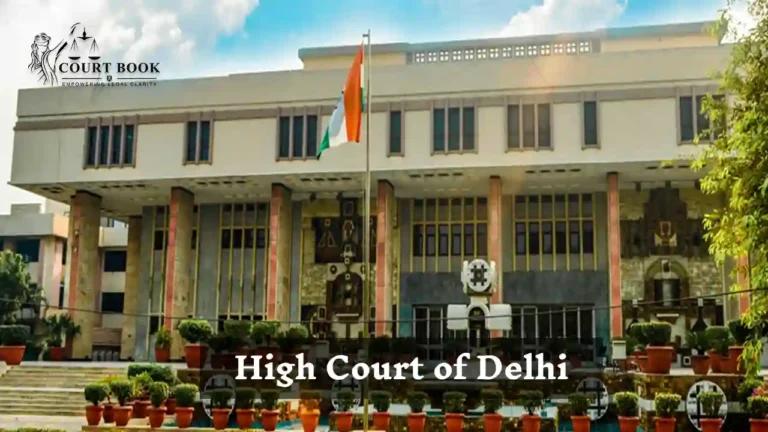The Delhi High Court recently dismissed an appeal in Azam v. State (NCT of Delhi), upholding the appellant’s conviction under Section 397 of the Indian Penal Code (IPC) for brandishing a knife during a robbery. The judgment clarifies critical aspects of what constitutes "using a deadly weapon" under Section 397 IPC, even when the weapon isn’t recovered or physically used to inflict harm.
The Case Background
The appellant, Azam, was convicted for robbing complainant Naveen at knifepoint in 2019. While the knife wasn’t recovered, the complainant testified that Azam threatened him with a "sharp-edged weapon," causing him to surrender his mobile phone and cash. The trial court sentenced Azam to seven years’ rigorous imprisonment under Section 397 IPC, among other charges.
Key Legal Questions
- Is a knife inherently a "deadly weapon" under Section 397 IPC?
- Does the prosecution need to prove the weapon’s dimensions or recovery to establish guilt?
- How do courts interpret "use" of a weapon—does actual injury matter?
Read also:- Supreme Court Restores Acquittal in 2005 Tamil Nadu Gas Explosion Death Case, Declares Incident Accidental
The Delhi High Court examined conflicting precedents:
- Balak Ram (1983): Held that a knife’s deadliness depends on its size, design, or manner of use, requiring factual proof.
- Phool Kumar (Supra, SC, 1975): Ruled that a knife is per se a deadly weapon, emphasizing its terror-inducing effect on victims.
- Ashfaq (2004, SC): Clarified that "use" under Section 397 includes brandishing a weapon to instill fear, even without physical harm.
"Simple exhibition, brandishing or even holding [a weapon] openly to generate fear... is sufficient for Section 397 IPC."
- Ram Ratan v. State of M.P. (SC, 2021)
Read also:- SC Senior Personal Assistant Interview Result 2025-7 Full Marks List Released
Justice Manoj Kumar Ohri relied on Supreme Court rulings to resolve the conflict:
- Knife as a Deadly Weapon: Following Phool Kumar and Ashfaq, the court held that a knife’s classification doesn’t depend on its type or size. Its potential to cause fatal injury and induce fear suffices.
- Non-Recovery of Weapon: Citing Seetal v. State (2014), the court noted that recovery isn’t mandatory if eyewitnesses consistently testify to the weapon’s use.
- "Use" vs. "Infliction": The act of pointing a knife to threaten victims qualifies as "use" under Section 397, even if no injury occurs.
Case Title: Azam v. State (NCT of Delhi)
Case No.: CRL.A. 926/2024














